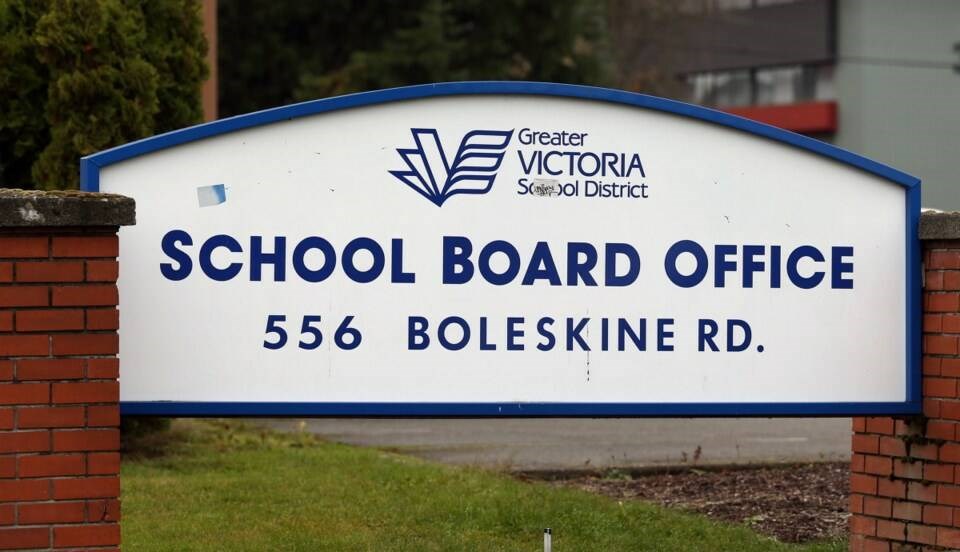A commentary by a resident of Brentwood Bay.
Recent stories in the sa国际传媒 regarding the Greater Victoria School Board’s decision to end the school police liaison program have caused letters to the editor asking how the board reached that decision.
I have the answer. But before I provide it, let me say that I have no dog in this hunt. I spent my life in the sa国际传媒 school system, and in various roles visited as many schools and classrooms as anyone, but I had almost no experience with the police liaison program.
It wasn’t a big deal in my time in the system. I don’t know how effective it is, and don’t pretend to. But I do understand research.
The school board members listened to the sa国际传媒 Human Rights Commissioner, as did the Vancouver School Board some time ago, when she cited a research review that she said indicated that the experiences of racial minority students, specifically Black and First Nations students, found the program to be discriminatory and harmful.
The original story quoted the commissioner as citing “research,” but provided no citations. That set off very loud alarm bells in my researcher’s mind. Any time research is quoted I want a citation: who said it, and where can I find the article?
Well, with a bit of looking I found the article on which the commissioner relies. It was funded by her office, and written by Dr. Kanika Samuels-Wortley, in 2021.
It reviews research on the topic carried out in sa国际传媒 and the U.S., and a link can be found here:
Boiled down, the paper says that, “an extensive review of the literature reveals no peer-reviewed studies that explore the impacts of Canadian SLO programs on marginalized students.”
Moreover, the review goes on to say, when reporting on a book that purports to be authoritative, “despite conducting their research in Peel Region, a municipality with one of the highest Black, Indigenous and South Asian populations in sa国际传媒, the authors failed to document the perceptions and experiences of racialized students.”
Then comes the part that I found particularly interesting.
The paper discusses research on school liaison programs in the United States, and sums it up by finding that Black students, and “youth with disabilities (those who identify as having a learning, emotional or behavioural disorder)” constitute “a disproportionate number of the school-based arrests and referrals to law enforcement that result from an increased police presence in schools.”
When the two are combined (that is “Black students who have a learning, emotional or behavioural disorder) the negative effects are magnified.
So in the United States there is some indication that Black students might be disadvantaged by SPL programs, but there is no clear evidence, as none of the research actually addressed that concern. (Read the paper to understand the caveats.)
And there is no evidence about Native Indian students (as they are called in the U.S). But sa国际传媒 is not the United States (thank goodness, or history) and school experience in each country is very, very different.
Apart from everything else, sa国际传媒 has one of the best education systems in the world (and sa国际传媒 is at the top of the Canadian list), and the U.S. has one of the poorest systems in rich countries.
I only hope that Victoria teachers are doing a better job of teaching their students to be critical consumers of information than the members of Greater Victoria School Board seem to be.
But given that the Victoria teachers’ union bought the story of the human rights commissioner, I doubt it.
>>> To comment on this article, write a letter to the editor: [email protected]



